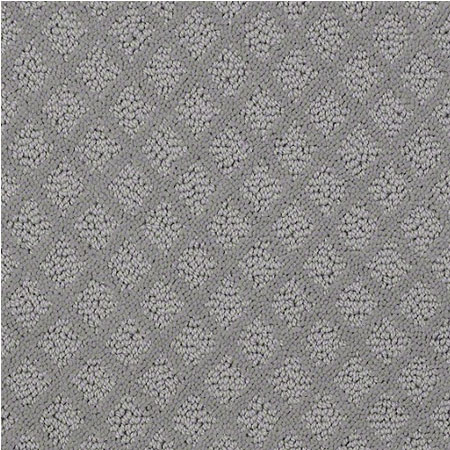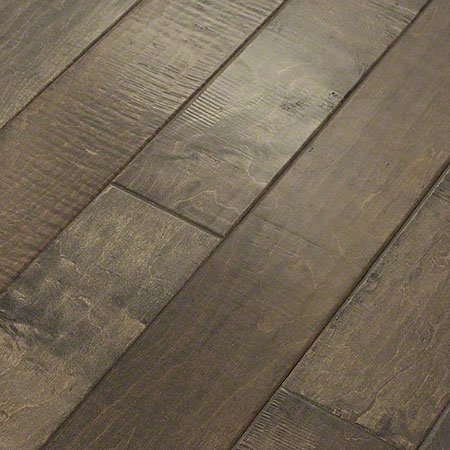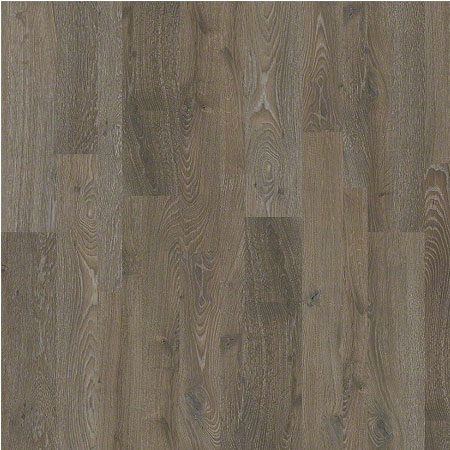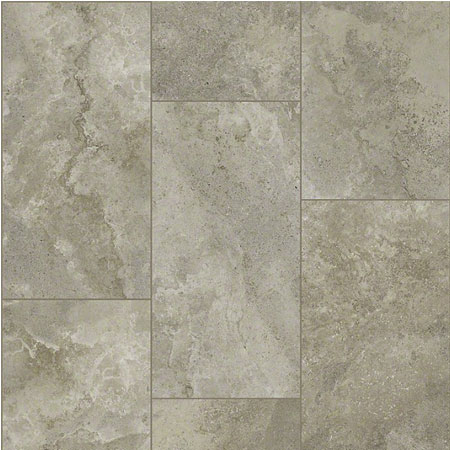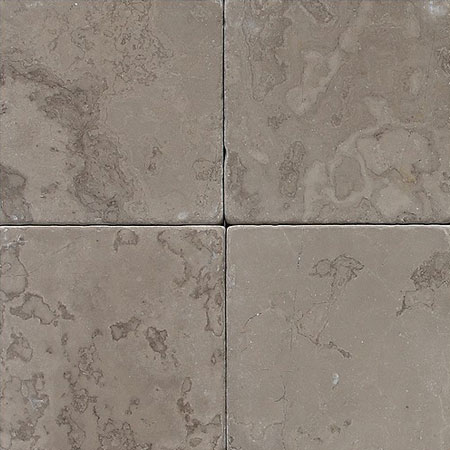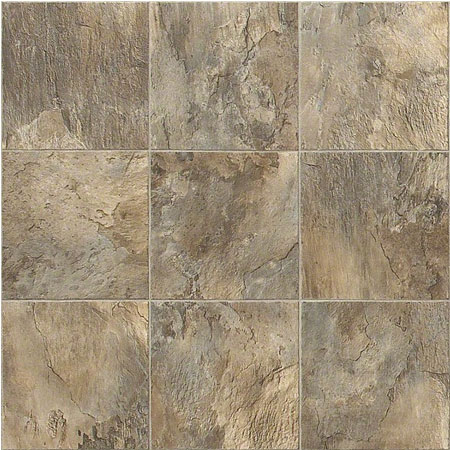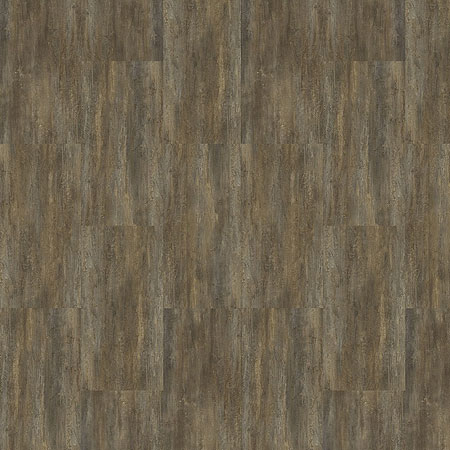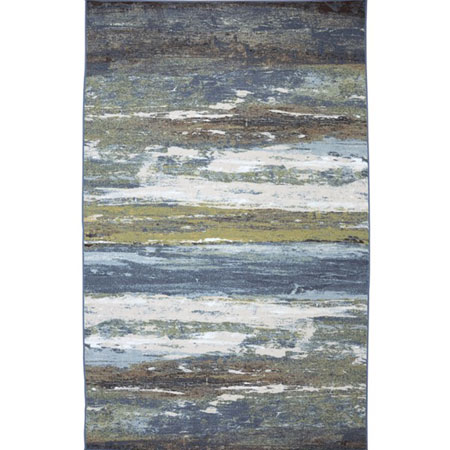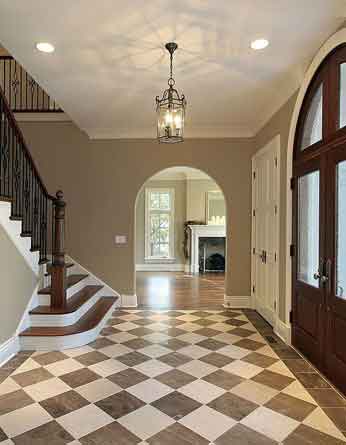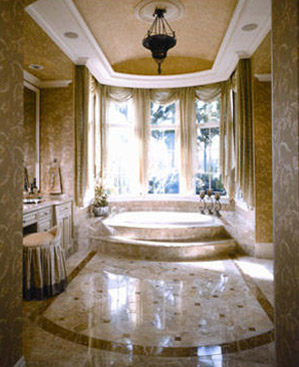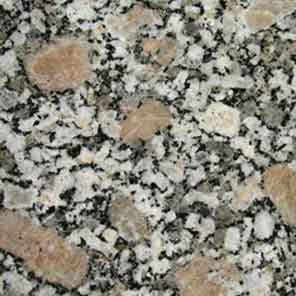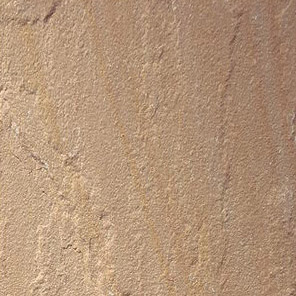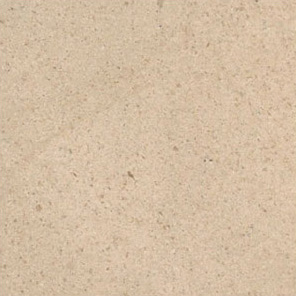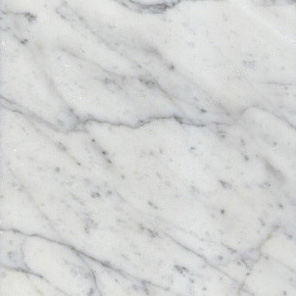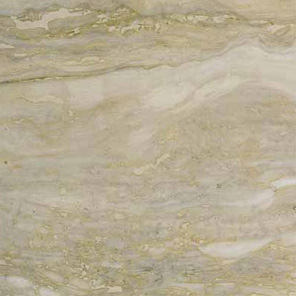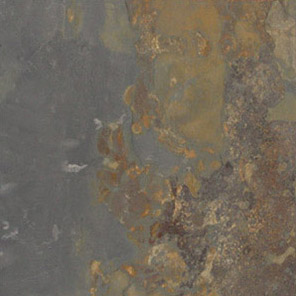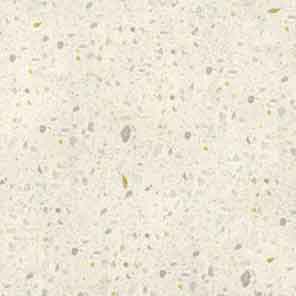Natural Stone | Styles
Few things in life say more about you than your home. What’s inside those walls, on those walls, and against those walls, speak volumes about who you are, what you love, where you’ve been - your style. It goes without saying that you should use the same thinking when choosing your stone flooring. Because any floor covering in your home impacts interior beauty, design, décor, comfort, livability and upkeep. It’s a fact, floor coverings can make or break a home.
Because of the number of natural stone choices, patterns, textures and price points, shopping for natural stone can intimidate even the most experienced shopper.
- typical natural stone floor tile sizes: 12”x12”, 13”x13”, 16”x16”, and 18”x18”
- two types of edges for natural stone floor tile: a polished bull nose edge or a polished straight edge
- two basic types of stone used in the building industry
-
- natural stone such as marble, granite, or limestone
- agglomerates (manufactured stones)
Natural stone can be grouped into three classes
- Igneous rock- formed when molten rock (called lava or magma) cools and hardens
-
- granite is an example of an igneous rock
- granite is an example of an igneous rock
- Sedimentary rock- formed from biological deposits that have undergone consolidation and crystallization
-
- limestone and sandstone fall into this category
- limestone and sandstone fall into this category
- Metamorphic rock- created when other kinds of rocks are changed by great heat and pressure inside the earth
-
- marble, slate and quartzite are examples
- marble, slate and quartzite are examples
Names and definitions of some of the more popular natural stones:
Click on a swatch below for more information
Finishes
- Polished
-
- creates a glossy shine from the natural reflection of the stone’s crystals
- mirror-like shine is accomplished by using finer polishing heads
- polish may last a long time or may be unstable depending on the type of stone
- granite, marble and limestone are frequently polished and require maintenance to preserve the shine
- Honed
-
- provides a flat, matte or satin finish
- creates a more informal and softer look
- finish is created by stopping short of the last stage of polishing
- shows fewer scratches
- requires less maintenance
- marble, limestone, travertine and slate-best for a honed finish
- Acid-washed
-
- shiny with small etching marks (pits in the surface)
- shows fewer scratches
- much more rustic in appearance
- most stones can be acid-washed
- most common are marble and limestone
- also a way to soften the shine on granite
- Saw-cut refined
-
- matte finish
- stone is processed to remove the heaviest saw marks but not enough to achieve a honed finish
- can purchase granite, marble and limestone this way
- Flamed
-
- finish achieved by heating the surface of the stone to extreme temperatures, followed by rapid cooling
- surface of the stone pops and chips leaving a rough, unrefined texture
- process is usually done with granite
- flamed granite has a highly textured surface
- ideal for areas where slip resistance might be a concern (shower areas)
- Split-faced
-
- rough texture
- not as abrasive as flamed
- finish achieved by hand cutting and chiseling at the quarry
- this exposes the natural cleft of the stone
- finish is primarily done on slate
- Tumbled
-
- smooth or slightly pitted surface, and broken, rounded edges and corners
- several methods used to achieve the tumbled look
- 3/8” thick tiles can be tumbled in a machine to achieve the desired look
- or 3cm tiles can be tumbled and then split, creating two tiles that are tumbled on one side
- marble and limestone are primary candidates
- Brushed
-
- features a worn down look
- achieved by brushing the surface of the stone
- simulating natural wear over time

